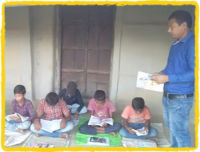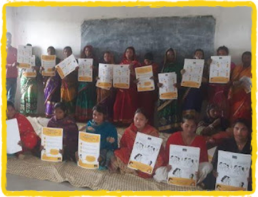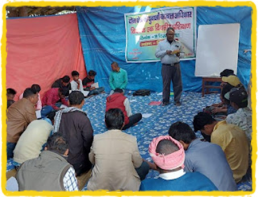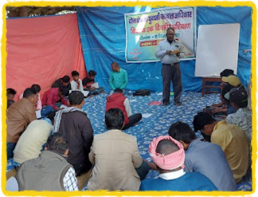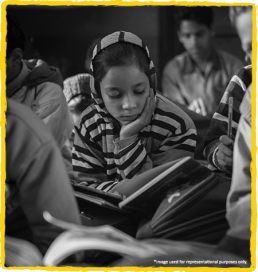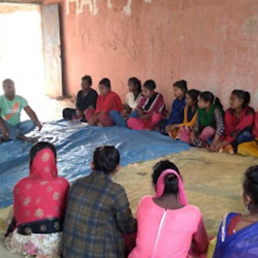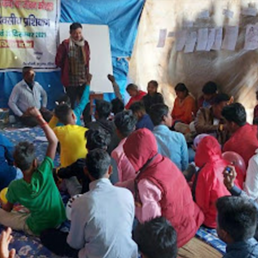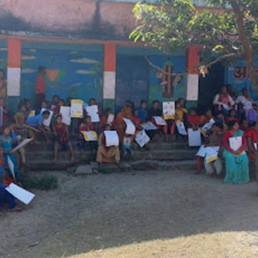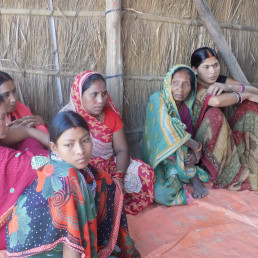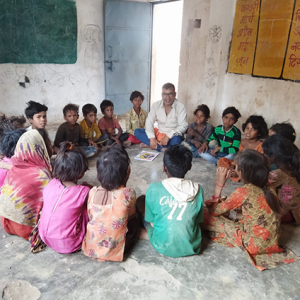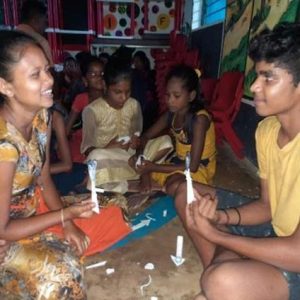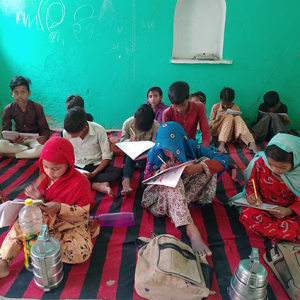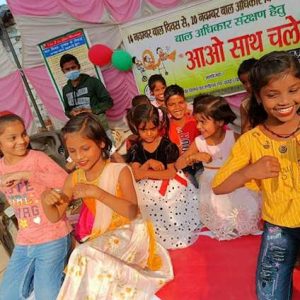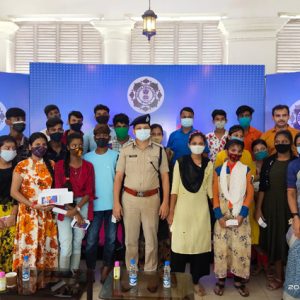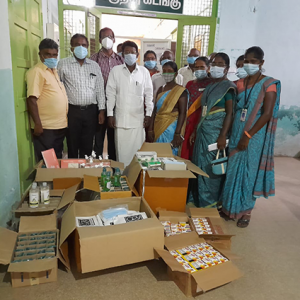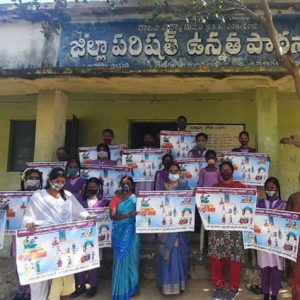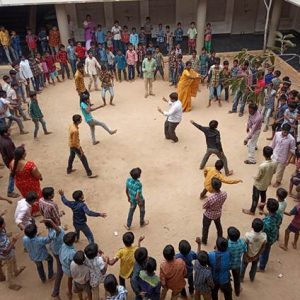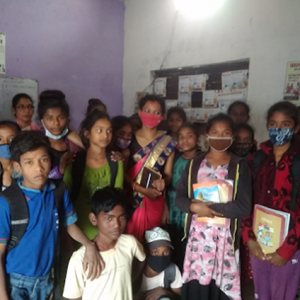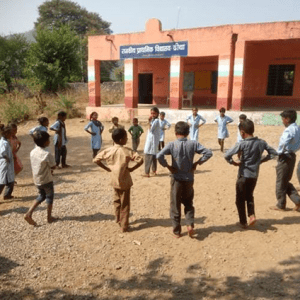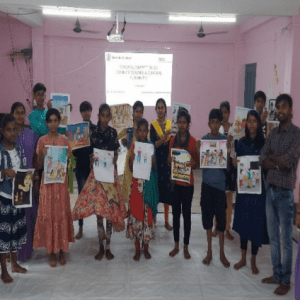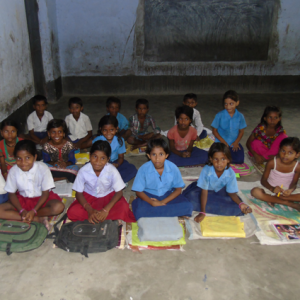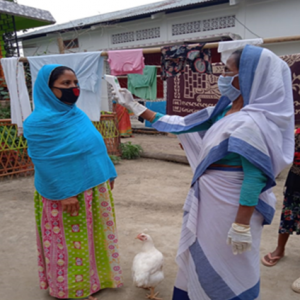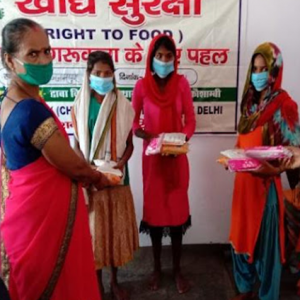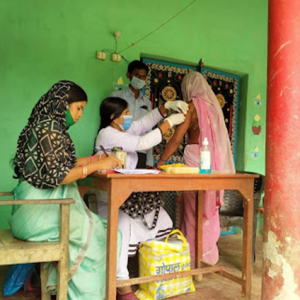Campaign Story
About the project
Ramnagar is one of the 18 blocks in West Champaran where the ICDS centers are operating without proper infrastructure. Inadequate teachers, poor quality of teaching, huge gaps in RTE Act infrastructure compliances are the compelling factors of children dropping out. Access to higher education and poor interest of the parents on higher education are the compounding factors for a large number of children who are out of school and working.
Making a difference
When children have what they need to learn, grow and develop, they take amazing strides and cross previously unimaginable milestones. CRY America project DEEP helps bring these resources, such as Anganwadis, primary schools and secondary schools to the villages in West Champaran that need support. The project ensures children in the community are enrolled in these institutions, receive their services, and that these resources have the capacity to function and properly manage themselves. The key activities of the project are exploring different methods for sustaining the education support, identification of vulnerable children, spreading awareness related to COVID-19 and running a relief and rehabilitation program.
The way forward
● Organize 22 SMC meeting in all schools ensuring participation of 220 members
● Track the academic progress of 5363 children in 6-14 years
● Continuing the coaching center in 3 villages for 120 girls in grade IX & X
● Ensuring enrolment of 280 children of 3-6 years age group in ICDS centers
● Capacity building of 480 collective members on life skill, education, child protection issues and existing programs
● Organizing 48 village level meeting on issues like child labor, unsafe migration & early marriages in 24 villages
● Formation of 1 Sports club and promotion of girl’s teams for the sports
● Awareness meeting with the Village Child Protection Committee members on child marriage in 5 villages
● 100% enrollment of children in the age of 3 to 6 years in ICDS
● 100% retention of children in age of 6 to 14 years in schools
● Reduction in child labor in intervention areas
● Addressing child marriage through a comprehensive program
● Creating sustainable child driven collectives and peer support groups
The way forward
● 100% enrollment of children in the age of 3 to 6 years in ICDS
● 100% retention of children in age of 6 to 14 years in schools
● Reduction in child labor in intervention areas
● Addressing child marriage through a comprehensive program
● Creating sustainable child driven collectives and peer support groups
Project Impact

7170
Children of 6-18 years of age enrolled in schools

32
Adolescent collectives were informed and sensitized on education and child protection issues

386
Children cleared the 10th grade exam

19
Villages are now child marriage free

58
Child marriages stopped

183
Children removed from labor & mainstreamed in formal education

181
Families were linked with social protection programs
Last Year’s Grant Disbursed : $19,178
Current Year’s Approved Grant
Rescuing Himanshu: A Tale of Child Labor and the Power of Education
Mohan and Samita Devi lived in a small village, situated in the dense forest of Ramnagar in Bihar. They have three sons, and they relied on daily wage labor to make ends meet. During the season, Mohan would migrate to other states for work, while Samita worked as an agricultural laborer in the village. The two elder sons also followed in their father’s footsteps and went to work in other states.
Their youngest son, Himanshu, was only 14 years old and had completed his eighth grade and then he was forced to migrate to Gujarat to work with a local contractor in a rolling mill. It wasn’t until his health deteriorated, and his mother was notified. Upon hearing about Himanshu, the project team worker, Rohit took the matter into his own hands and contacted the contractor to discuss the situation.
After much deliberation and discussion about the negative effects of child labor and the importance of education, the parents agreed to call Himanshu back home. Eventually, with the help of a co-worker, the child was able to communicate with his parents, and they convinced him to return home.
The contractor was then asked to pay the child his wages and ensure his safe return. The following day, Himanshu arrived back home, safe and sound. He was immediately enrolled in school and started attending the CARC daily to catch up on his studies. Although the experience had been harrowing, Himanshu was determined to make up for lost time and work hard to build a brighter future.












